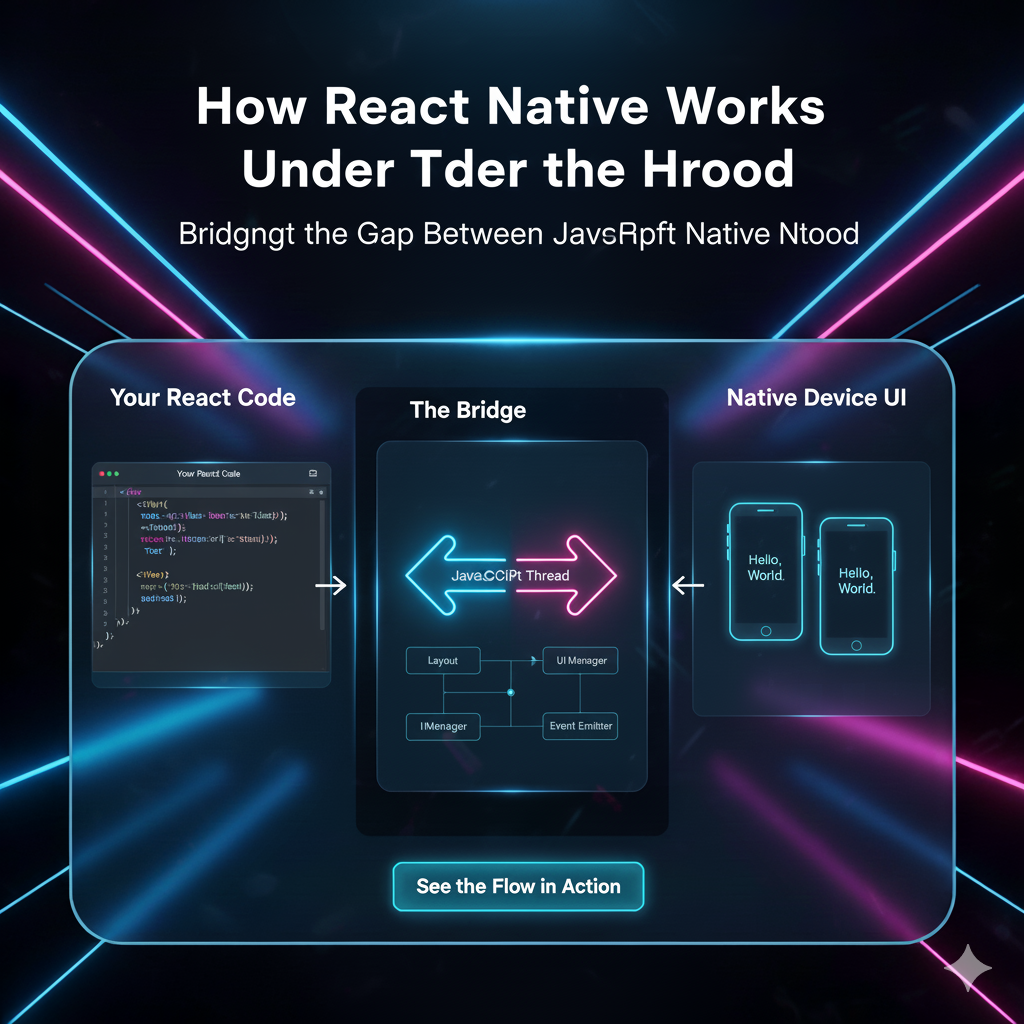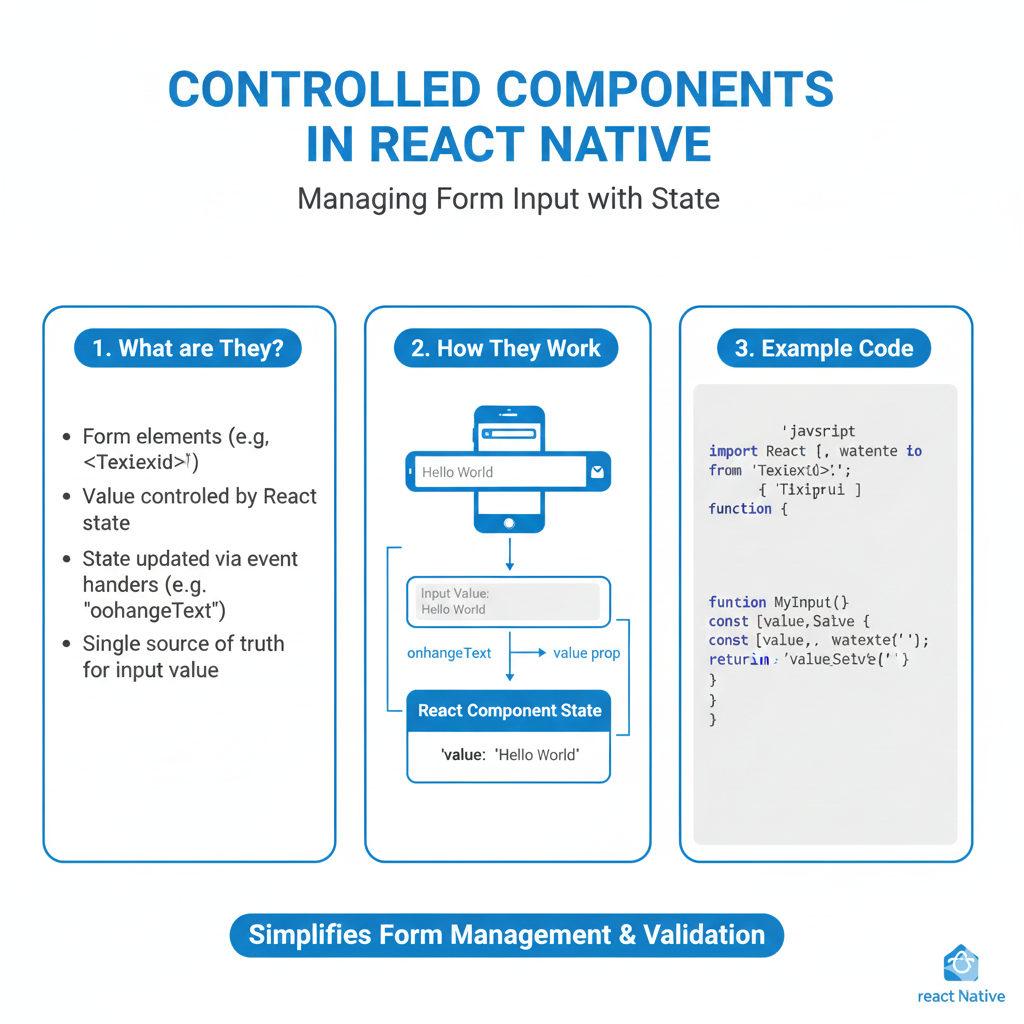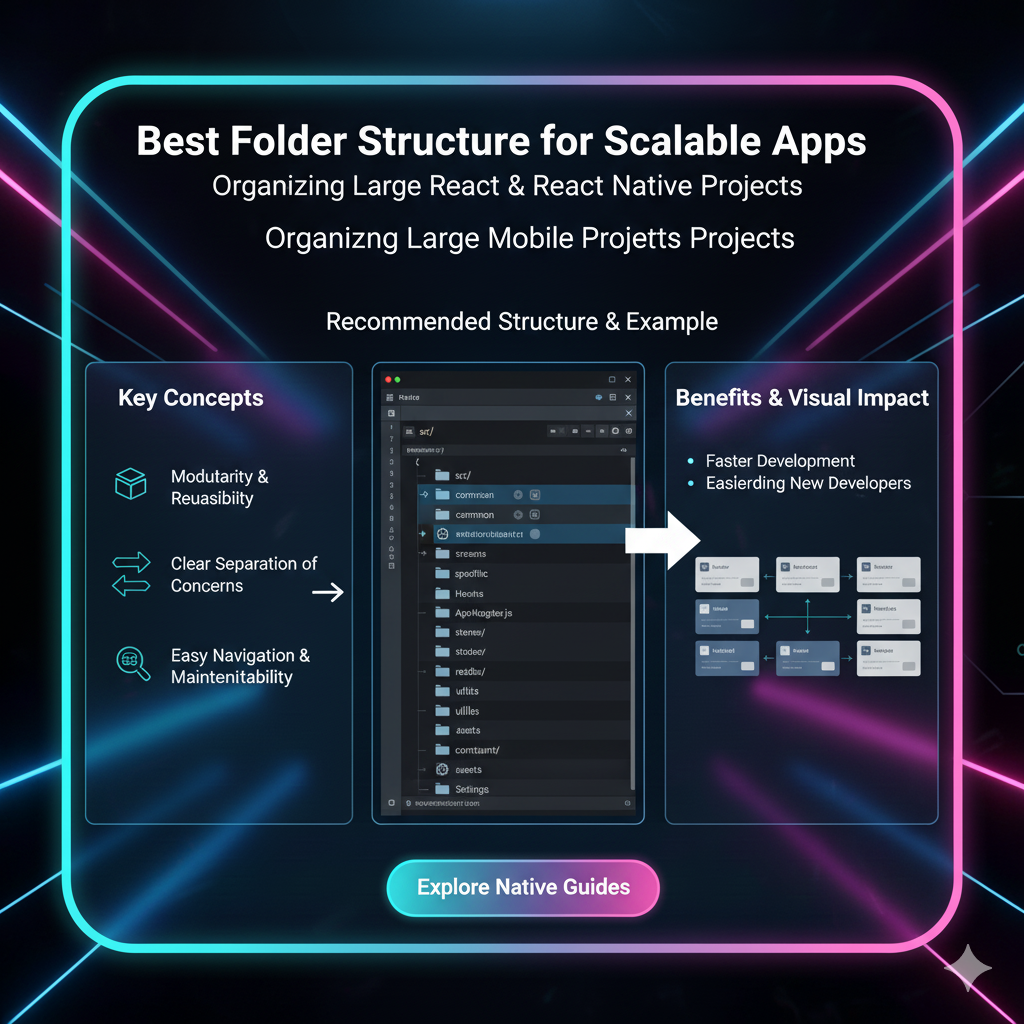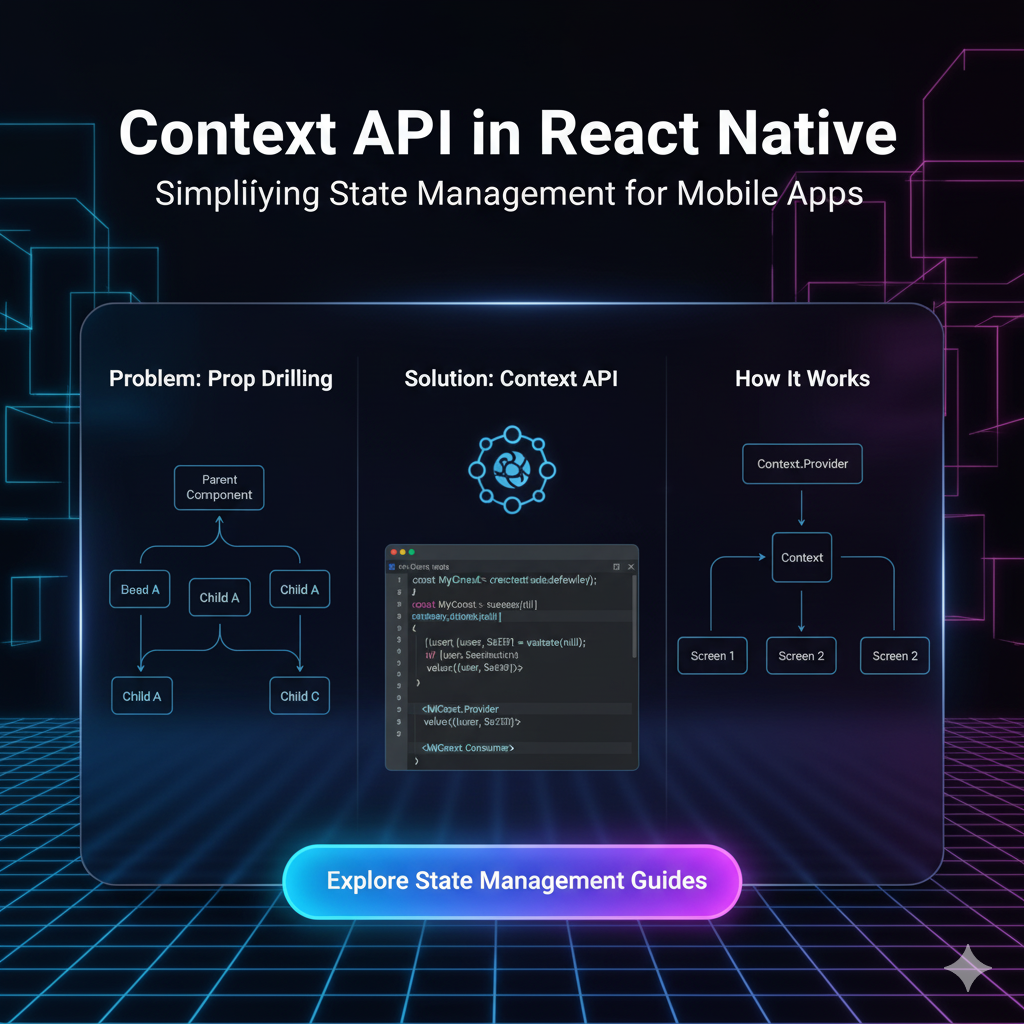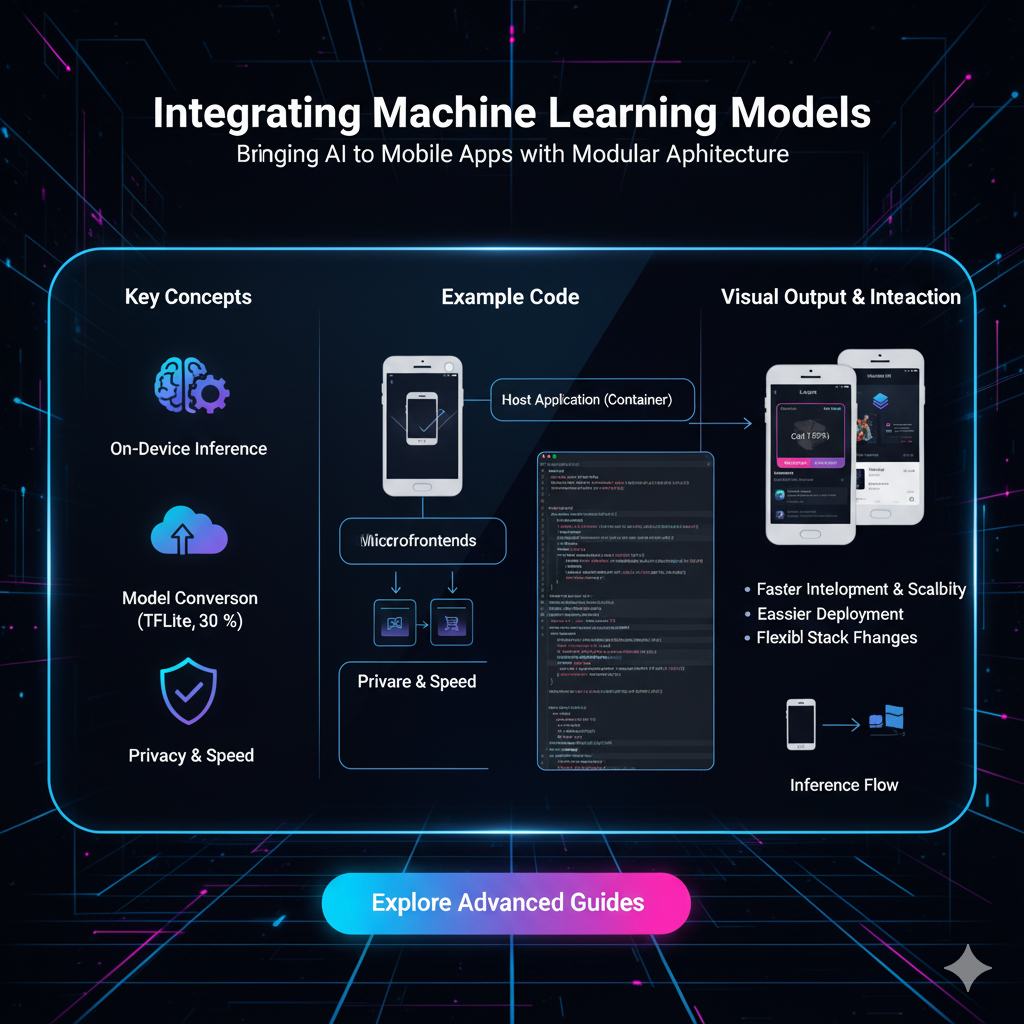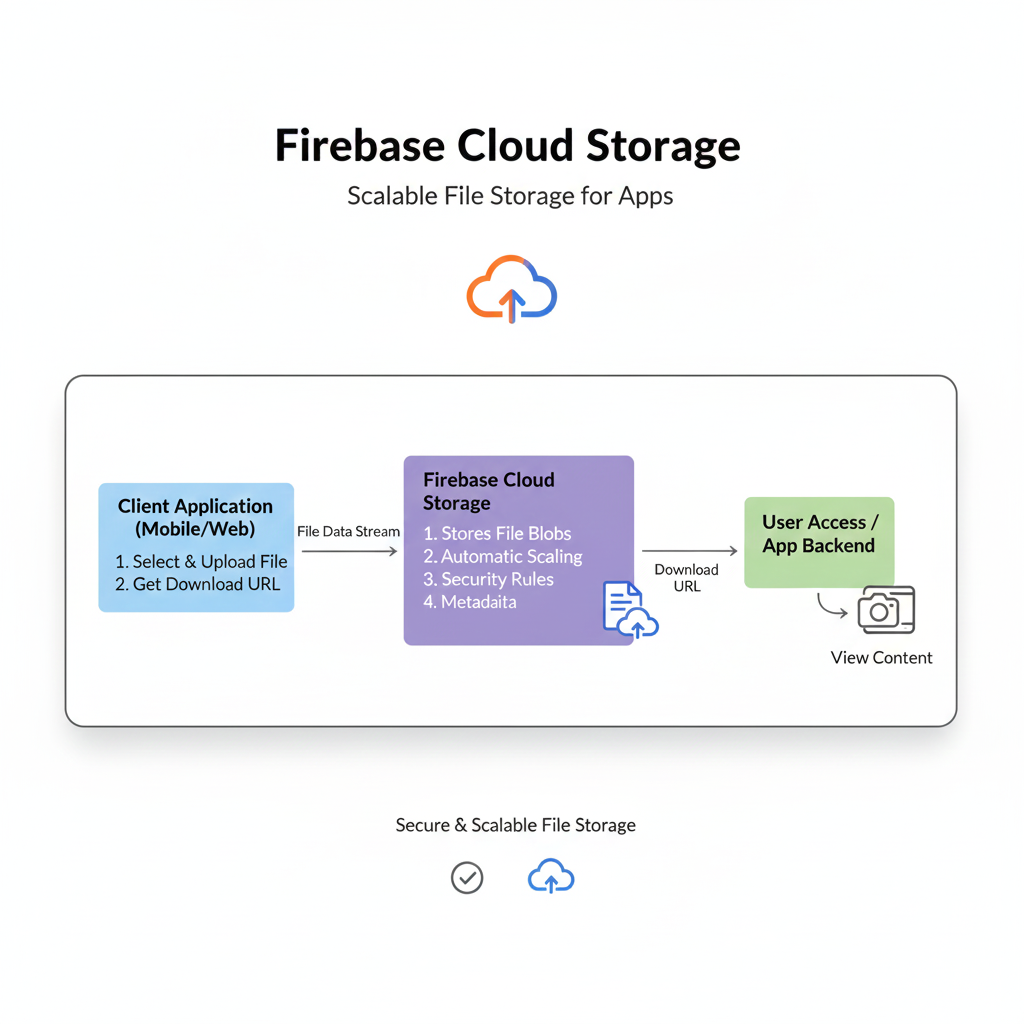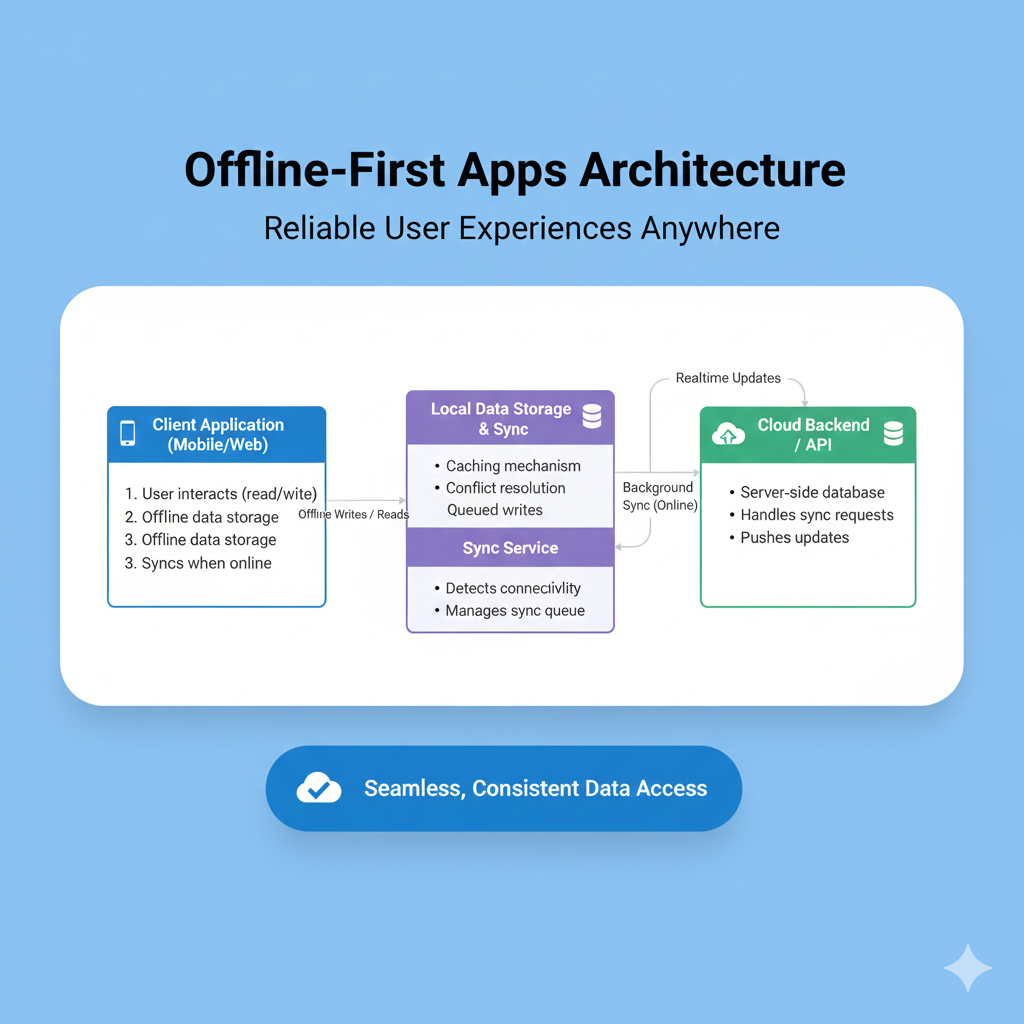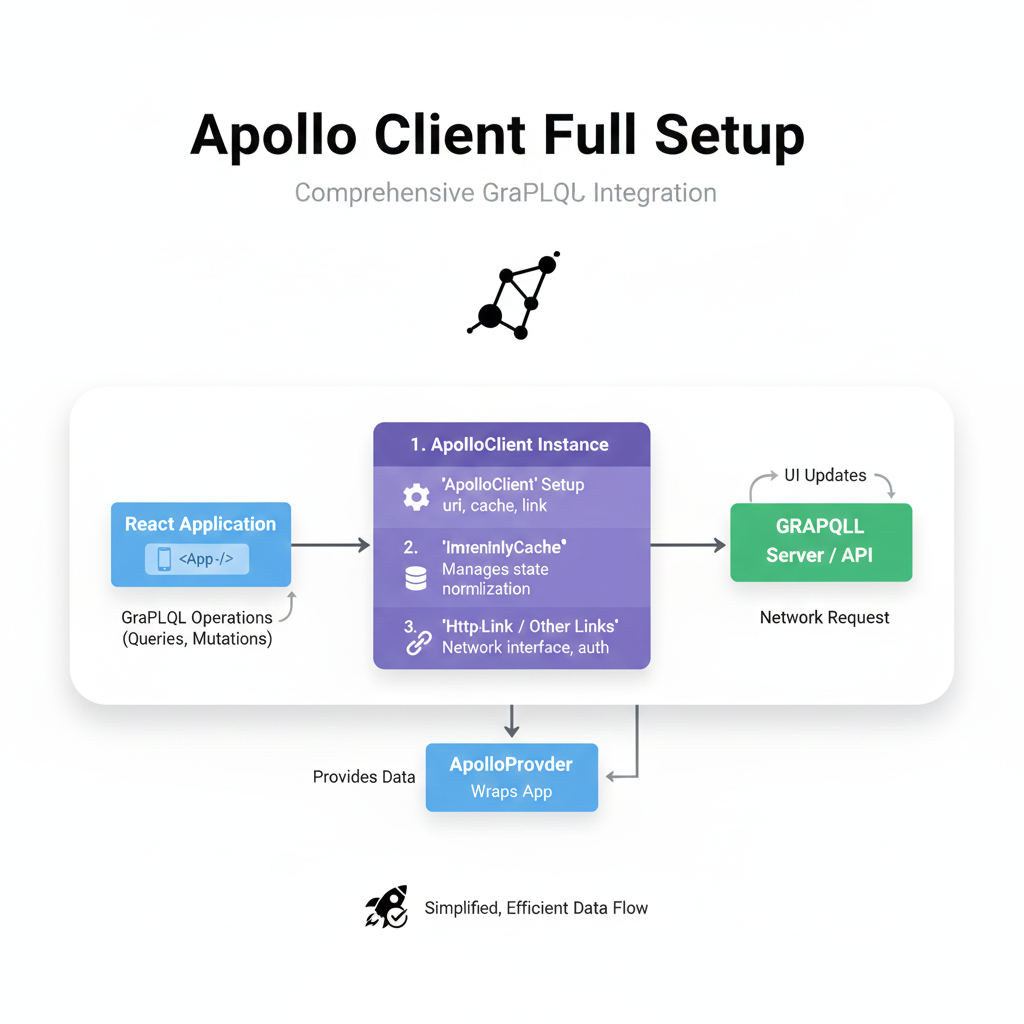What Is React Native? The 2025 Beginner's Guide to Cross-Platform Apps
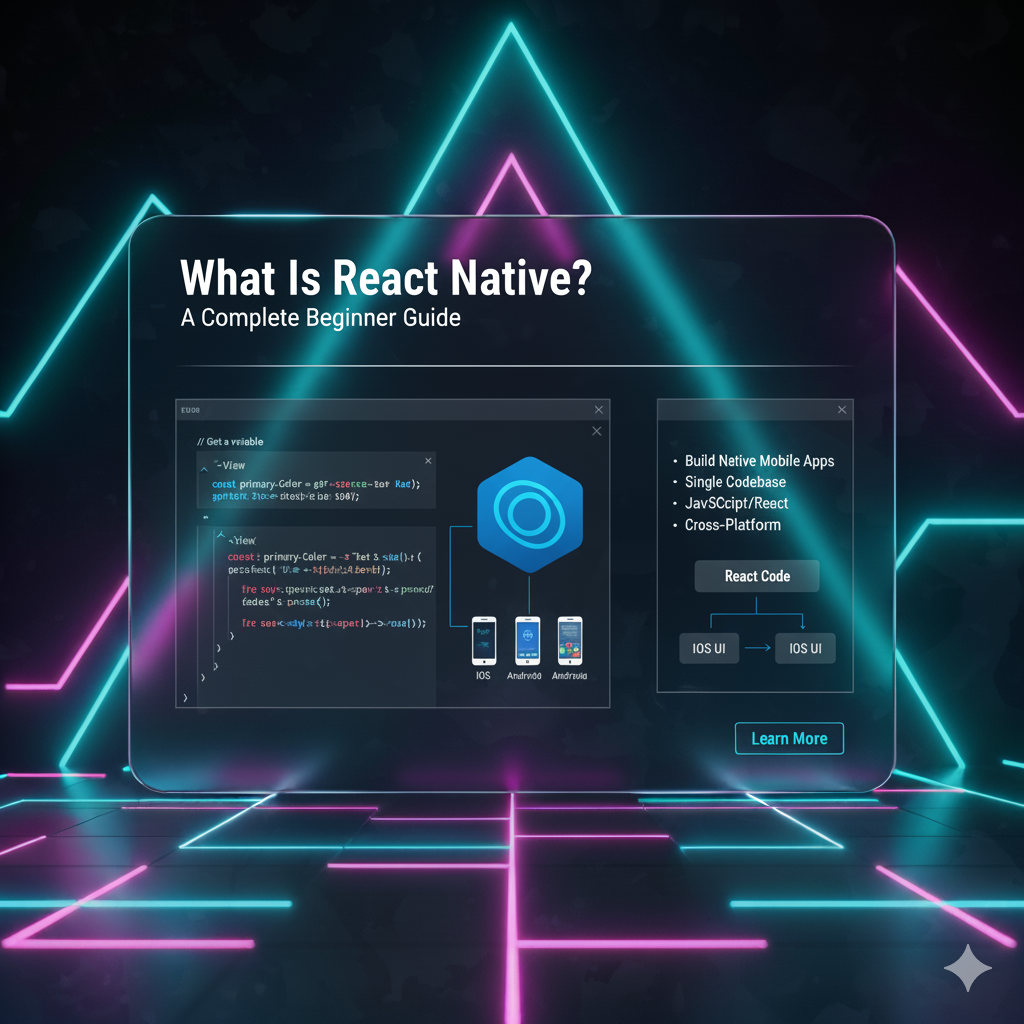
Tired of building separate iOS & Android apps? Our beginner's guide explains what React Native is, how it works, its pros/cons, and real-world examples. Want to build apps yourself? Learn professional development at CoderCrafter.

What Is React Native? The 2025 Beginner's Guide to Cross-Platform Apps
What Is React Native? The 2025 No-BS Guide for Beginners
Ever had a killer app idea, only to be hit by a crushing reality? You’d need to build one version for iOS (using Swift) and a completely separate one for Android (using Kotlin). That’s double the time, double the money, and let's be real, double the headaches. 😫
What if I told you there's a way to build for both platforms using one primary language? A language that, chances are, you're already familiar with?
Enter React Native.
In this guide, we’re breaking down everything about React Native. No fluff, no confusing jargon—just a straight-talking, beginner-friendly deep dive into what it is, why it’s a game-changer, and how you can start using it. Let's get into it.
So, What Exactly Is React Native?
In the simplest terms, React Native is an open-source framework, created by Facebook (now Meta), that allows you to build truly native mobile apps using JavaScript and React.
Let's unpack that, because there are some crucial keywords in there.
"Truly Native": This is the magic sauce. Unlike older "hybrid" frameworks that just put a website inside a mobile app container (a "webview"), React Native actually translates your JavaScript components into native UI elements. When you create a
<View>in React Native, it becomes a nativeUIViewon iOS and a nativeandroid.viewon Android. When you use a<Text>component, it becomes a nativeUILabelandandroid.widget.TextView. This means your app looks, feels, and performs like a native app."Using JavaScript and React": If you know how to build websites with React, you’re already halfway to building mobile apps. React Native uses the same core design principles: components, JSX, state, and props. You’re essentially writing your app's logic in JavaScript, and React Native handles the bridge to the native side.
The TL;DR: React Native lets you write one set of code that runs on both iOS and Android, delivering a near-native experience.
The "Aha!" Moment: How Does React Native Actually Work?
Imagine you're an architect (the JavaScript/React part) designing a house. You write down the blueprint: "A living room here, a kitchen there, large windows on this wall."
Now, you have two different construction crews: one that specializes in iOS-style houses and another in Android-style houses. React Native acts as the super-efficient foreman who takes your universal blueprint and translates it into specific, native instructions for each crew.
The iOS crew builds with their materials (Swift/Objective-C, UIKit), and the Android crew builds with theirs (Kotlin/Java, Android SDK). The final result? Two houses that look and feel right for their location, but both came from the same initial design.
This communication happens over a "bridge," a key concept in React Native. The JavaScript code runs in a separate thread and communicates asynchronously with the native side, sending messages about what the UI should look like and receiving messages about user interactions (like a tap or a swipe).
Why Should You Even Care? The Big Pros
Code Reusability: The Holy Grail. This is the biggest sell. You can share about 80-90% of your codebase between iOS and Android. This dramatically cuts down development time and cost.
Faster Development & Hot Reloading. Remember saving your code and having to recompile the entire app to see a tiny change? React Native's "Fast Refresh" (often called Hot Reloading) lets you see your changes almost instantly, right in your simulator or on your physical device. It’s a massive productivity booster.
Native Performance (Mostly). Because it uses real native UI components, the performance is miles ahead of old-school hybrid frameworks. For most consumer apps—social media, e-commerce, productivity tools—the performance is indistinguishable from a fully native app.
Huge Community & Ecosystem. Being backed by Meta and having been around since 2015, React Native has a massive community. This means tons of pre-built libraries (called "npm packages"), extensive documentation, and plenty of help available on Stack Overflow.
It's Just JavaScript. The web's most popular language is now a mobile app language. This lowers the barrier to entry for millions of web developers.
It's Not All Sunshine and Rainbows: The Cons
Let's keep it real. No technology is perfect.
The "Native" Gap. For the vast majority of apps, it's perfect. But if you're building a complex, graphics-intensive app (like a high-end 3D game) or need to use a brand-new, platform-specific hardware feature the day it launches, you might hit a wall. You may need to write some native code yourself.
Debugging Can Be Tricky. Sometimes, you're debugging three things at once: your JavaScript code, the React Native bridge, and the native iOS/Android environment. It can feel like a wild goose chase.
App Size. A "Hello World" React Native app is larger than a native "Hello World" app because it includes the JavaScript engine and native libraries. However, for a full-featured app, this difference often becomes negligible.
Dependency on Meta. The framework's direction is ultimately steered by Meta. While it's open-source, some developers are wary of putting their app's future in the hands of a single corporation.
Who's Actually Using It? (Spoiler: Everyone.)
Don't just take our word for it. Some of the biggest names in tech use React Native in their production apps. This is the ultimate validation.
Facebook & Instagram: The OG users. They use it extensively and contribute back to the framework.
Shopify: Their entire mobile app strategy is now built on React Native.
Discord: Known for its smooth performance, a testament to what React Native can achieve.
Pinterest, Uber Eats, Tesla, and Microsoft: All use React Native for parts of or their entire mobile apps.
Seeing this list should erase any doubt about React Native's capability to power world-class applications.
Best Practices for Getting Started the Right Way
Jumping in headfirst is cool, but doing it smartly is cooler.
Solidify Your JavaScript & React Basics. You can't build a skyscraper on a weak foundation. Make sure you're comfortable with modern JavaScript (ES6+) and core React concepts (Components, JSX, State, Props, Hooks).
Use the Official React Native CLI. While tools like Expo exist to simplify the process, starting with the official CLI gives you a deeper understanding of the underlying native setup and more flexibility down the line.
Embrace Functional Components and Hooks. The React world has moved on from class components. Learn and use
useState,useEffect, and other hooks from day one.Get Your Hands Dirty Early. Don't get stuck in "tutorial hell." After a basic "Hello World," try to build a simple To-Do app or a weather app. The best learning happens by doing and breaking things.
Leverage the Community. Before building a complex feature from scratch, check if there's a well-maintained library for it on npm. The community has likely already solved your problem.
FAQs: Burning Questions, Answered
Q: Do I need to know native iOS/Android development to use React Native?
A: Not at all! You can build entire, sophisticated apps with just JavaScript. However, having a basic understanding of the native platforms can be incredibly helpful for debugging and writing custom native modules for advanced features.
Q: Is React Native the same as React?
A: They are siblings, not twins. They share the same core philosophy and syntax (components, etc.), but their underlying rendering is different. React renders to the web DOM (HTML elements), while React Native renders to native mobile UI components.
Q: What about Flutter? Is React Native better?
A: Ah, the great debate! Flutter (by Google) uses the Dart language and renders everything itself by painting pixels on a canvas. React Native uses JavaScript and leverages native components. There's no definitive "better." React Native has a larger community and leverages existing web knowledge. Flutter can offer more consistent UI and potentially slightly better performance in some cases. The best choice often depends on your team's skills and project requirements.
Q: Can I use React Native for web apps too?
A: Yes! With projects like React Native for Web, you can write a React Native app and run it in a browser. This pushes the "write once, run anywhere" dream even further.
Conclusion: Your Gateway to Mobile Development
React Native has fundamentally changed the mobile development landscape. It has democratized app creation, allowing web developers to seamlessly transition into the mobile world and enabling businesses to launch on both major platforms faster and more cost-effectively.
It’s a powerful, mature, and proven technology that isn't going anywhere. Whether you're a budding developer, a startup founder, or a product manager, understanding React Native is a valuable skill in today's tech ecosystem.
The journey from a great app idea to a product on the App Store and Play Store has never been more accessible.
Ready to stop just reading about it and start building? To learn professional software development courses that dive deep into technologies like Python Programming, Full Stack Development, and the MERN Stack—all of which provide the perfect foundation for mastering frameworks like React Native—visit and enroll today at codercrafter.in. We'll give you the structured path, expert mentorship, and real-world projects you need to launch your tech career. Your first app is waiting to be built
